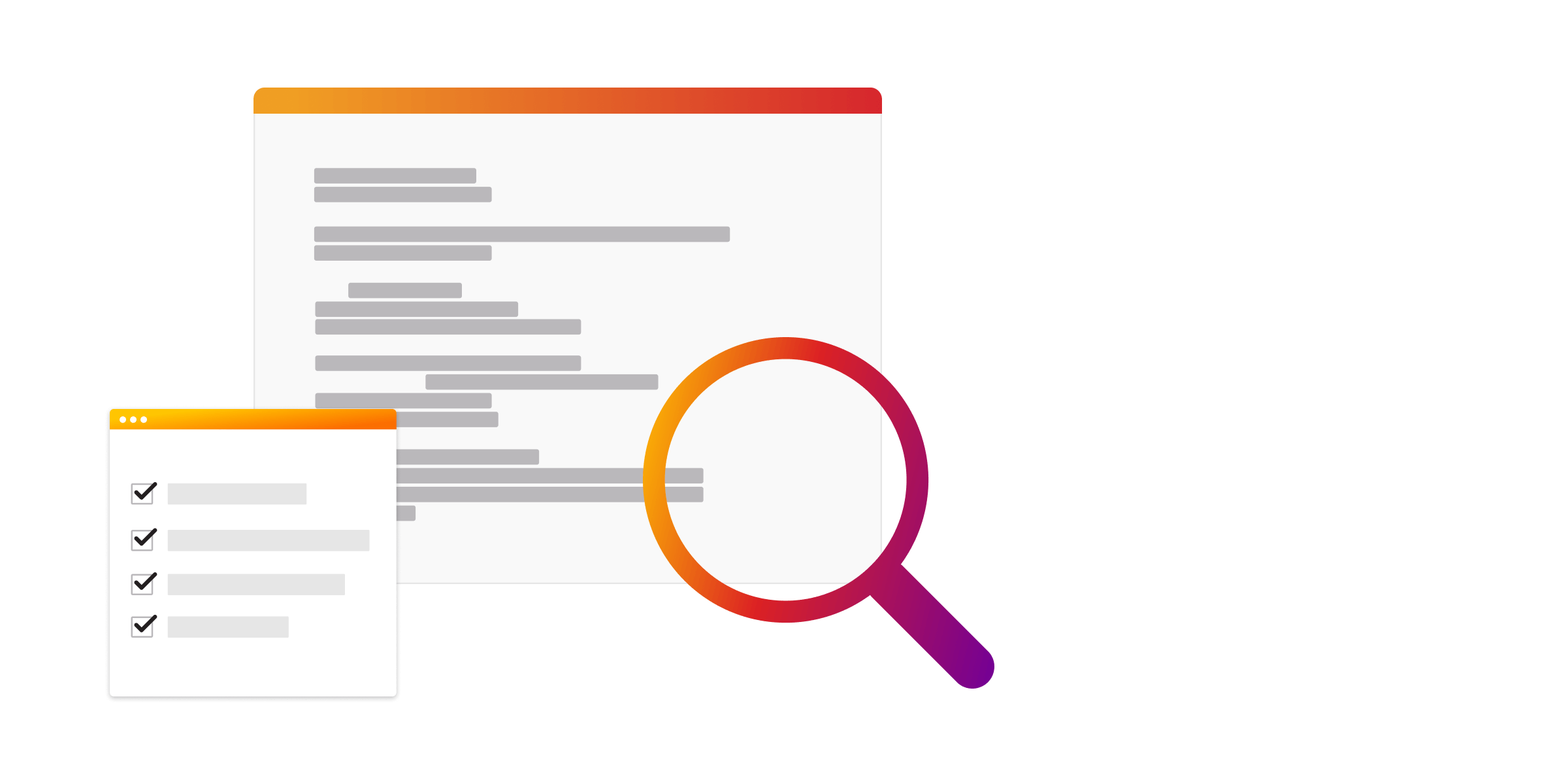
What is MIT License?
Before delving into the specifics of the license from the Massachusetts Institute of Technology (MIT), let's first understand the importance of a software license in the open-source community. When a piece of software is open-source, it means that the original source code is freely available to the public. The license under consideration, termed the MIT License, permits anyone to view, use, modify, distribute, and contribute to the MIT-licensed code under specific terms and conditions.
There are several types of licenses, each with its unique terms and conditions. For instance, the General Public License (GPL) is known for its "copyleft" terms, whereas the Apache License is noted for its express grant of patent rights. Our focus today is one of the simplest and most permissive forms of open-source licenses: the MIT License.
Understanding this license
The MIT License is a short, simple, and permissive software license. It grants users the liberty to do virtually anything they wish with the software and associated documentation files, including use, copy, modify, merge, publish, distribute, sublicense, and sell copies of the software. The only condition is that the license and copyright notice must be included in all copies or substantial portions of the MIT-licensed software.
The terms and conditions of the MIT License are simple and straightforward. This permission notice starts with a copyright notice, followed by details of the rights granted to users. Furthermore, it includes a liability clause, which states that the MIT-licensed software is provided "as is" without warranty of any kind.
This popular software license's simplicity and brevity differentiate it from others. Unlike the GPL, which is extensive and complex, the MIT License is easy to understand and does not require a legal expert to interpret its terms. Furthermore, while some licenses require any derivative works also to be open-source, MIT allows you to keep the source code of any modifications to yourself.
License variations
While the original MIT License is clear and comprehensive, several variations have been created over time. These modifications serve different purposes, providing tailored solutions to specific licensing needs. Before diving into some of the variants, here is one license that actually is not a variation; Expat License.
Expat License
The Expat License got its name from the Expat XML parser library. The library was licensed under what we often refer to as the "MIT License", but due to the confusion with other licenses related to MIT, it's sometimes specified as the Expat License to avoid ambiguity. This is because a few different licenses originated at MIT, so the term "MIT License" can be somewhat unclear without further context. The Expat License is one of those licenses, named after the Expat XML parser library to distinguish it from the other "MIT Licenses."
MIT No Attribution License (MIT-0)
This is a variant of the MIT License where all attribution clauses have been removed. This means that there's no requirement to include the original copyright notice and permission notice in any copies of the software, thus reducing the license-related responsibilities of the users. MIT-0 has gained popularity among developers who wish to contribute to the open-source community without requiring attribution.
JSON License
The JSON License is a slightly more restrictive version of the MIT License. It includes an additional clause stating, "The Software shall be used for Good, not Evil." This license was created by Douglas Crockford, who developed the JSON data format. However, this additional requirement has been the subject of some controversy due to the subjective nature of the terms "Good" and "Evil."
The X11 License (MIT/X Consortium License)
This variant of the MIT License is named after the X Window System (X11) from MIT. The X11 License is almost identical to the original MIT License, except for an additional disclaimer clause that aims to distance MIT and X Consortium from any potential legal implications related to the software. This extra layer of protection has made the X11 License a popular choice among developers and organizations concerned about legal liability.
Benefits and limitations
Software licensing plays a pivotal role in managing the rights and restrictions associated with software use, modification, and distribution. Like any license, the MIT license has its strengths and limitations. Understanding these can help developers and organizations make an informed decision when choosing a license for their software projects.

Benefits of the MIT License
- Simplicity: The MIT License is known for its straightforwardness. Its brevity makes it easy to understand without needing extensive legal expertise.
- Permissiveness: It is one of the most permissive licenses available, allowing for almost unrestricted use, modification, and distribution of the licensed software as long as the copyright notice and the license terms are included in all copies or substantial portions of the Software.
- Open collaboration: By providing explicit permissions upfront, the MIT License fosters an environment of open collaboration, making it appealing for open-source projects.
- Corporate appeal: Many organizations find this License attractive because it permits the use of licensed software without requiring the disclosure of proprietary information, offering a balance between open-source contribution and proprietary development.
Limitations of the MIT License
- No warranty: The MIT License disclaims any warranties, meaning the software is provided "as is". The creators or copyright holders do not make any guarantees regarding the software's functionality, reliability, or suitability for a particular purpose.
- No liability: The license includes a limitation of liability clause. This means that the copyright holders are not responsible if the software causes any damage or issues. Users are responsible for any risks associated with the use of the software.
- No requirement for open-source derivative works: Unlike some other open-source licenses, the MIT License does not require derivative works to also be open source. While this might be a benefit for some users, it can also be viewed as a limitation for those who wish to ensure that all adaptations of their software remain open source.
Comparing the MIT License to other software licenses
The landscape of open-source software licenses is vast and varied, with each license offering a different balance of permissions and restrictions. The MIT License, with its remarkable simplicity and permissiveness, has earned a place as one of the most popular choices among developers. However, to fully understand its position, it's essential to compare it to a few other notable licenses in the field.

MIT vs. GNU General Public License (GPL)
The GPL is another widely used open-source license, but it takes a vastly different approach to software freedom compared to the MIT License. The GPL is a "copyleft" license, meaning any modifications or derivative works of the GPL-licensed software must also be distributed under the GPL. This ensures that modifications remain free and open, promoting a philosophy of shared improvement.
On the other hand, the MIT License is more permissive and does not have a copyleft requirement. A person obtaining MIT-licensed software can use it in their projects and choose not to open-source their modifications. This gives developers more flexibility but doesn't guarantee the same level of shared progress as the GPL.
MIT vs. Apache License 2.0
The Apache License 2.0, like the MIT License, is a permissive open-source license. Both licenses allow the user to use, modify, and distribute the software, even in proprietary software. However, the Apache License includes a provision that grants an explicit patent license, protecting users from patent claims by contributors to the software.
The MIT License, while allowing for broad use of the software, does not include an explicit contributor's patent license. This means users of MIT-licensed software must be aware of any potential patent issues separately. Despite this, the simplicity of the very same license often makes it a more attractive option for smaller projects.
MIT vs. BSD Licenses
The BSD licenses (including the original BSD License, the Modified BSD License, and the Simplified BSD License) are a family of permissive licenses like the MIT License. They all allow for nearly unrestricted use, modification, and distribution of licensed software.
The key difference lies in the advertising clause found in the original BSD License, which requires that any advertising materials featuring products using the software must acknowledge the software's contributors. Neither the MIT License nor the later BSD licenses include this requirement.
Role in open-source software
The MIT License, with its simplicity and permissiveness, has significantly contributed to the growth of the open-source community. It has facilitated the development and distribution of software, fostering collaboration and enabling flexibility in how open-source software is used. Many popular open-source projects, including Node.js and jQuery, have chosen this license.
Looking towards the future, the open-source landscape will likely continue to evolve, and with it, the role of licenses like the MIT License. As legal challenges become more complex and the potential risks associated with the use and development of software increase, the simplicity and flexibility of MIT may continue to make it a popular choice.
Frequently asked questions about the MIT License
Although the MIT license stands out for its simplicity and permissiveness, the simplicity aspect often gives rise to questions, especially relating to applicability. To clarify and assist in better understanding this popular license, we have compiled a selection of frequently asked questions about the MIT License.
1. Is the MIT License compatible with GPL?
Yes, the MIT License is compatible with GPL. This means you can combine code released under the MIT License with code released under the GPL in one program. The MIT License is considered a similarly permissive license, which allows it to be re-licensed under other licenses, including the GPL.
2. Does the MIT License allow commercial use?
Yes, the MIT License does allow commercial use. You can use, modify, and distribute the software in a commercial product without any restrictions. However, you must include the original copyright notice and disclaimers.
3. Can I sell MIT License software?
Yes, you can sell software that is licensed under the MIT License. There are no restrictions on selling the software under this license as long as you include the original copyright notice and disclaimers.
4. Can I use an MIT License in proprietary software?
Yes, the MIT License allows its code to be incorporated into proprietary software. It also allows for the licensed software to be used in any manner, including for proprietary software, provided that the MIT License conditions are met, which includes the original copyright notice and disclaimers.
5. Where to put the MIT License in the code?
The MIT License is usually included in the root directory of the source code, often in a file named LICENSE or LICENSE.txt. It's also common to include a short license summary at the top of each source file, stating that the file is licensed under the MIT License and referencing the full license text.
6. Can the MIT License be revoked?
Once you have received software under the MIT License, the rights given to you under the license are not revocable. This means that once a piece of code is licensed under MIT, that license continues to apply to that code even if future versions of the code are released under a different license.
Takeaways
In conclusion, the MIT License is worth considering if you're a developer working on an open-source project or an organization leveraging open-source software. It provides freedom while maintaining simplicity, making it accessible and easy to understand. However, as with any decision, it's crucial to understand the terms of this software license and realize that your choice could have significant implications for how your MIT-licensed code is used and distributed in the future. Understanding the implications of different licenses when working with or contributing to open-source software is equally important.
Remember, a well-chosen license is not only about adhering to legal requirements but also about creating a healthy, collaborative, and inclusive community around your software.